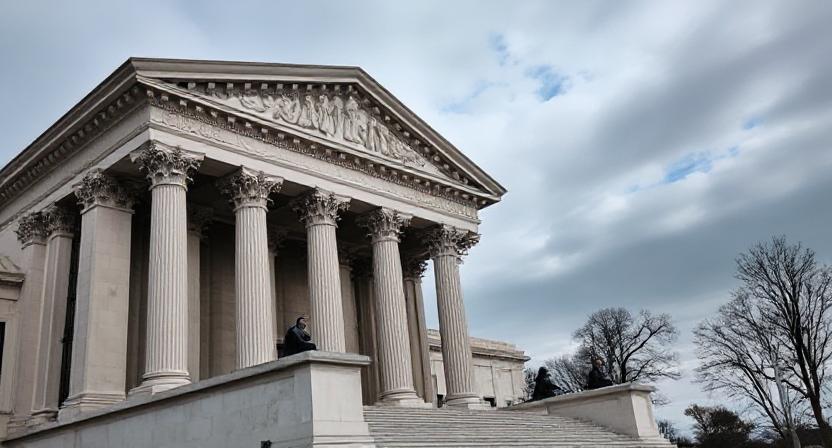The fed rate decision is in the spotlight again. The Federal Reserve is debating how many cuts to make and how fast. People, markets, and businesses are waiting for clear signals.
What is the Fed Rate Decision?
The fed rate decision refers to the target for the federal funds rate. This is the rate banks charge each other for short-term loans. It is the most important tool the Federal Reserve uses to guide the economy.
When inflation is high, the Fed raises rates to slow spending. When jobs weaken, the Fed cuts rates to make borrowing cheaper. The fed rate decision affects mortgages, credit cards, and even global markets.
Current Situation in the U.S. Economy
The U.S. economy is showing mixed signals. Job growth is slowing, and recent data revisions point to weaker gains than first reported. That means the labor market is not as strong as it looked.
At the same time, inflation remains above the 2% goal. Consumer prices rose about 2.9% in August. Rising tariffs and higher import costs are putting pressure on prices.
The U.S. dollar has also weakened as investors expect the Fed to ease policy. Markets are already pricing in rate cuts over the next two years.
What the Federal Reserve is Debating
The fed rate decision is not easy. Officials must balance slowing job growth with stubborn inflation. Cutting too much could fuel higher prices. Cutting too little could risk a deeper slowdown.
One side favors a gradual approach. That means small cuts, such as 25 basis points at a time. The goal is to ease borrowing costs without letting inflation rise again.
Another view is that the Fed should cut faster. If jobs weaken further, stronger action may be needed. The debate is about timing and scale, not about whether cuts are coming.
Possible Scenarios Going Forward
The fed rate decision could follow three main paths. The first path is slow and steady cuts. This means small moves spread over several meetings.
The second path is faster cuts if the economy weakens more.
If unemployment rises sharply, the Fed may act quickly.
The third path is fewer cuts if inflation stays sticky. If price growth does not slow, the Fed could pause after one or two moves.
Impact of the Fed Rate Decision on Consumers
The fed rate decision has a direct effect on daily life. For borrowers, rate cuts bring lower costs. Mortgages, car loans, and credit card rates could fall. That makes debt easier to manage.
For savers, lower rates reduce yields on savings accounts and certificates of deposit. People may earn less interest on their deposits.
For investors, rate cuts often support stock markets. Lower borrowing costs can boost company profits. Bond prices may also rise as yields fall.
Impact on Businesses and Housing
Businesses are sensitive to the fed rate decision. Cheaper credit means more money for expansion and hiring. Small firms may find it easier to get loans.
Housing also reacts quickly. Mortgage rates drop when the Fed cuts rates. This can spark more home buying. Real estate markets often warm up when borrowing costs fall.
Some sectors benefit more than others. Tech and real estate usually gain when rates fall. Banks may see mixed results, since lower rates also cut into lending margins.
Global Impact of the Fed Rate Decision
The fed rate decision not only affects the United States. Other countries also feel the impact. When the Fed cuts, global investors may move money into riskier assets.
Emerging markets often see more inflows when U.S. rates fall. A weaker dollar can also ease pressure on countries that borrow in dollars.
But there are risks too. If cuts weaken the dollar too much, trade tensions may rise. Other central banks may feel pressure to adjust their own policies.
What to Watch in the Coming Months
The fed rate decision will be guided by data. Key reports on jobs and inflation will play a big role. If hiring slows more, the Fed may cut faster. If inflation stays high, the Fed may hold back.
The Fed will also release its “dot plot,” a chart of interest rate projections. This shows how many cuts officials expect in the future. Markets will study this closely.
Comments from Fed Chair Jerome Powell and other officials are also important. Their speeches often give clues about the direction of policy. Investors, banks, and businesses will be watching.
Conclusion
The fed rate decision is more than a number. It shapes the cost of loans, the value of savings, and the health of markets. The Federal Reserve faces a tough choice. It must fight inflation while supporting jobs.
For now, small cuts look likely. But the pace and number of cuts will depend on how the economy moves. Consumers, businesses, and investors should stay alert. The fed rate decision in the coming months will set the tone for the year ahead.





